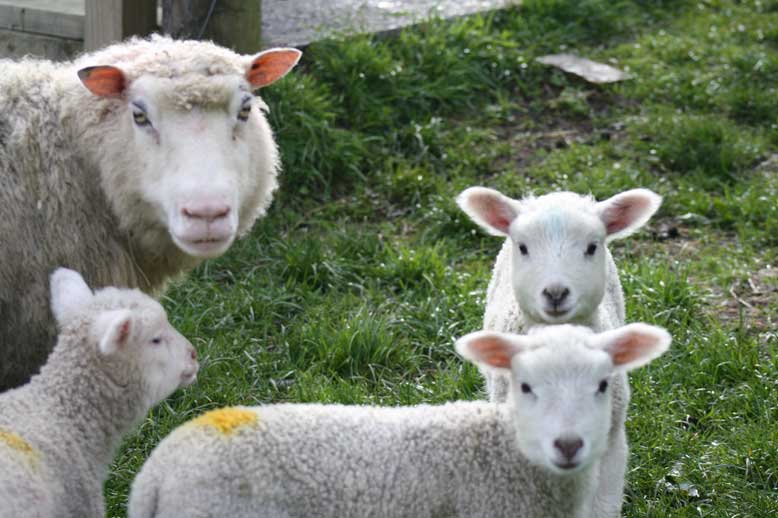Parasites can present themselves on the farm in several forms: coccidia, gut worms and lungworm in cattle; roundworms and tapeworms in sheep; and lice in both cattle and sheep.
Worm parasites
Generally, worm parasites see their host animal experience diarrhoea, weight loss, and potentially death due to related electrolyte loss and dehydration. When the host survives, subclinical effects such as reduction in feed intake and subsequent poor weight gain will have a notable economic impact.
Control of parasites can be difficult and requires a combination of a faecal egg count to assess the level of adult worms present, drenching with anthelmintics at an early age, and careful controlling of stock density to prevent pasture contamination. However, parasites can build up resistance to drenches over time, and high levels of pasture contamination can reduce the efficacy of drenches. Speak to the New Plymouth Vet Group to tap into their second-to-none knowledge of parasite prevention and treatment.
Lice parasites
Unable to survive for long off a host, lice are generally spread via direct contact between animals. Cattle can experience three types of sucking lice (most commonly Linognathus vituli) which suck tissue fluid and blood, as well body or biting lice (Bovicola bovis) which feed on skin debris found on the host surface. Infested cattle rub the affected areas, potentially causing hair loss and a poor showing at saleyards.
Sheep are targeted by body or biting lice (Bovicola ovis), and two types of sucking lice (linognathus pedalis and linognathus ovillus) which live on the legs and face. Infested sheep rub and scratch their fleece, reducing the value of their wool.
Pour-on treatments are available to treat lice in both sheep and cattle, but careful thought must be given to reducing chemical residues on wools, and to overuse of chemical control methods.


